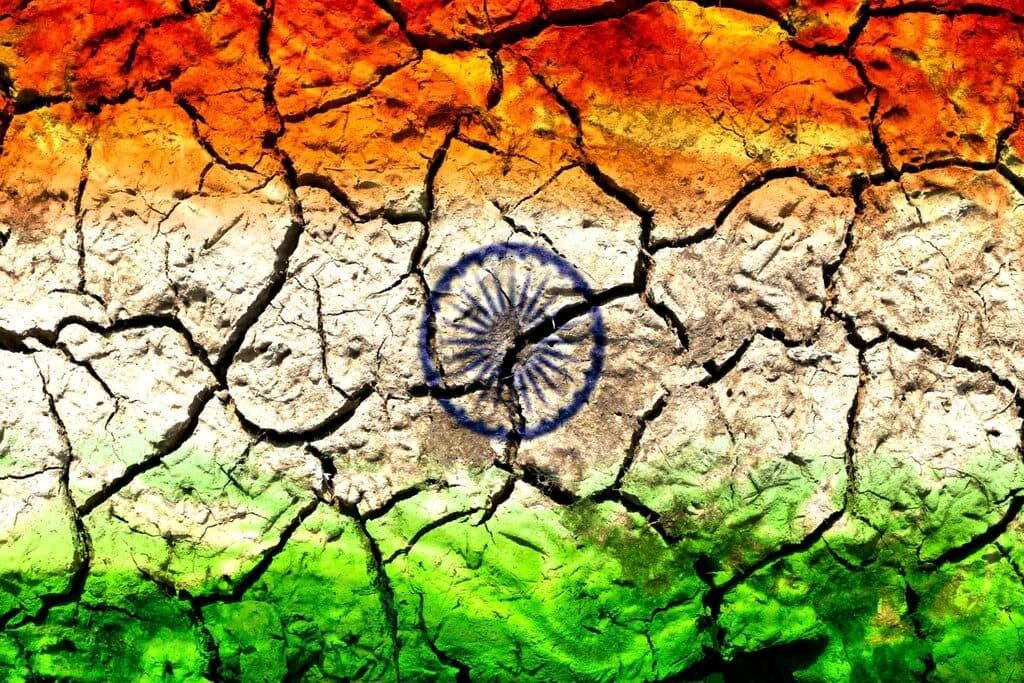PIB Summary - 9th June 2025 | PIB (Press Information Bureau) Summary - UPSC PDF Download
Central Consumer Protection Authority issues advisory to E-Commerce Platforms for self-audit within 3 months to detect Dark Patterns and ensure its resolution

Overview of the Advisory
- Issued by: Central Consumer Protection Authority (CCPA), under the Department of Consumer Affairs.
- Date:. June 2025.
- Target: All e-commerce platforms operating in India.
- Purpose: To eliminate deceptive practices known as Dark Patterns, ensuring consumer welfare and transparency.
- Relevance: GS 2 (Governance), GS 3 (Cyberspace, E-commerce).
Key Directives to E-Commerce Platforms
- Self-Audit Requirement: E-commerce platforms are required to conduct internal audits within a timeframe of three months. The objective is to identify and eliminate any presence of Dark Patterns on their interface.
- Self-Declaration Encouraged: Platforms are encouraged to declare their compliance based on the outcomes of the audit. This initiative aims to foster consumer trust and promote a fair digital marketplace.
- Strict Advisory Against Deceptive Designs: E-commerce platforms must refrain from using misleading interfaces that could impact consumer choices.
Enforcement and Monitoring
- Notices Issued: The CCPA has already issued notices to platforms found in violation of the guidelines.
- Active Monitoring: The CCPA is actively monitoring potential violations of the 2023 Guidelines and has already identified instances of Dark Patterns on several platforms.
Joint Working Group (JWG) Formation
- Purpose: The JWG is established for the systematic identification and redressal of Dark Patterns.
- Composition: The JWG includes representatives from relevant Ministries, regulators, consumer organizations, and National Law Universities (NLUs).
- Mandate: The JWG is responsible for regularly detecting violations, sharing findings with the Department of Consumer Affairs, and suggesting awareness and educational initiatives for consumers.
Guidelines for Prevention and Regulation of Dark Patterns, 2023
- Issued by: Department of Consumer Affairs.
- Objective: The guidelines aim to protect consumer autonomy and ensure informed consent in digital environments.
- List of 13 Recognized Dark Patterns: The guidelines identify various deceptive practices, including:
- False urgency: Creating fake time pressure.
- Basket sneaking: Sneaking in hidden extra items.
- Confirm shaming: Using guilt-based prompts.
- Forced action: Mandating certain tasks.
- Subscription trap: Making cancellation difficult.
- Interface interference: Employing misleading design.
- Bait and switch: Offering something and then changing it.
- Drip pricing: Hiding final costs.
- Disguised advertisements: Presenting ads as content.
- Nagging: Repeatedly prompting users.
- Trick wording: Using confusing language.
- SaaS billing: Providing unclear software charges.
- Rogue malwares: Installing hidden harmful software.
Significance and Impact
- The advisory reinforces digital consumer rights and promotes fair trade practices within the e-commerce sector.
- It encourages accountability and transparency among e-commerce entities, fostering a more trustworthy digital marketplace.
- The initiative reflects the Government's proactive approach to regulate and manage the evolving digital economy effectively.
India has taken a proactive and forward-thinking approach to extreme heat risk management

Extreme Heat Risk Governance: India's Integrated Approach
Context: At a recent UN session in Geneva, Dr. P. K. Mishra, Principal Secretary to the Prime Minister, emphasized India's comprehensive and globally aligned strategy for managing extreme heat risks. He highlighted that heatwaves pose a transboundary and systemic threat, necessitating collective global action.
Heatwaves as a Global and Systemic Crisis
- Heatwaves have been recognized as a transboundary and systemic risk, impacting public health, the economy, and ecology.
- They are particularly hazardous for densely populated urban areas.
- This recognition aligns with the UN's acknowledgment of extreme heat as a global challenge.
India’s Leadership and Global Role
- Dr. Mishra expressed support for the UNDRR’s Common Framework for Extreme Heat Risk Governance.
- He called for international cooperation in several key areas:
- Technological innovation
- Data sharing
- Joint research
- Financing mechanisms
- India committed to sharing its expertise, tools, and institutional capacity with global partners.
India’s Proactive National Strategy
Under the leadership of Prime Minister Modi, India has shifted from reactive disaster response to proactive risk governance concerning heatwaves.
- The National Disaster Management Authority (NDMA) developed National Guidelines for heatwave management in 2016, which were revised in 2019.
- Implementation of these guidelines is decentralized through Heat Action Plans (HAPs).
Current National Coverage
- Over 250 cities and districts across 23 heat-prone states in India have operational Heat Action Plans (HAPs).
- These plans are supported by the NDMA through:
- Technical support
- Advisory mechanisms
- Institutional frameworks
Multi-Sectoral Whole-of-Society Approach
The approach involves collaboration across various ministries and sectors, including:
- Health
- Urban Affairs
- Agriculture
- Labor
- Power
- Water
- Education
- Infrastructure
Collaboration with public health institutions, civil society organizations, and research institutes is also part of this approach.
Key Interventions and Best Practices
The Ahmedabad Heat Action Plan is recognized as a model for effective heatwave management, including:
- Early warning systems
- Agency coordination
- Community outreach initiatives
Other key interventions include:
- Surveillance systems to monitor heat-related health impacts
- Hospital preparedness for heatwave conditions
- Mass awareness campaigns to inform the public about heat risks
These efforts have resulted in a significant decline in heatwave-related mortality.
Long-Term Mitigation Measures
India is focusing on long-term urban heat resilience and infrastructure adaptation measures, such as:
- Cool roof technologies to reduce indoor temperatures
- Passive cooling centers to provide relief during extreme heat
- Urban greening initiatives to enhance green cover
- Revival of traditional water bodies to improve local microclimates
- Integration of Urban Heat Island (UHI) assessments in city planning to mitigate heat effects
Major Policy Shift in Funding
- The National and State Disaster Mitigation Funds (SDMF) can now be utilized for heatwave mitigation efforts.
- This shift encourages co-financing from various stakeholders, including:
- Local governments
- Private sector
- Non-Governmental Organizations (NGOs)
- Individuals
It promotes shared responsibility and sustainable solutions for heatwave management.
Future Needs and Global Call to Action
- Development of a localized heat-humidity index using real-time data to better assess heat risks.
- Creation of culturally appropriate and affordable cooling technologies to protect vulnerable populations.
- Emphasis on equity concerns, particularly for women, children, the elderly, and outdoor workers who are most at risk during heatwaves.
- Role of schools in fostering climate-resilient behavior among students and communities.
Conclusion
India is poised to take a global leadership role in extreme heat governance.
- The country supports the establishment of a Common Framework for knowledge sharing, policy development, and financing mechanisms.
- There is a call for a coordinated, inclusive, and forward-looking global effort to address the challenges posed by extreme heat.
FAQs on PIB Summary - 9th June 2025 - PIB (Press Information Bureau) Summary - UPSC
| 1. What are dark patterns in e-commerce, and why are they a concern for consumers? |  |
| 2. What measures has the Central Consumer Protection Authority recommended for e-commerce platforms to address dark patterns? |  |
| 3. How can consumers identify dark patterns when shopping online? |  |
| 4. What is the significance of managing extreme heat risks in India? |  |
| 5. How can e-commerce platforms ensure compliance with the advisory issued by the Central Consumer Protection Authority? |  |
















